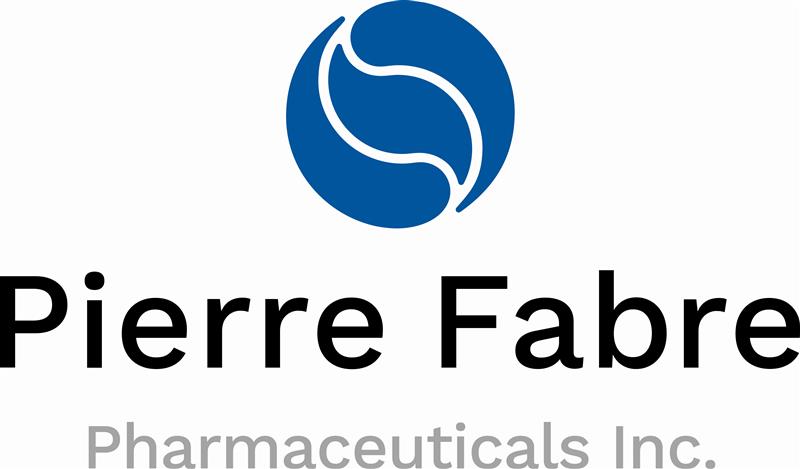Successful Outcomes Using SARS-CoV-2-Positive Donors Under One Year of Age
Brownell Mckenna BS1, Piyush Gupta MD1, Dimitrios Morris MD1, Alexander Kroemer MD1, khalid Khan MD1, Nada Yazigi MD1, Udeme Ekong MD1, Carolina Rumbo MD1, Pejman Radkani MD1, Megan Johnson PA-C1, Megan Song BSN1, Chelsea Sooy BSN1, Lindsey Beldsoe PA-C1, David Walls MD1, Tammy Hanel RD1, Erica W Chen1, Maeen Arsalan1, michelle Eaton RN1, Julia Clayton RN1, Megha Fitzpartick MD1, Stuart kaufman MD1, Tom Fishbien MD1, Cal Matsumoto MD1, Gabriel Gondolesi MD1.
1Medstar Transplant Institute , Medstar georgtown university hosptial, Washington DC, DC, United States
Introduction: The rates of solid organ transplantation declined during the COVID-19 pandemic as donors testing positive for SARS-CoV-2 were excluded from eligibility. The implications of this are especially important for patients with limited donor availability pools, such as pediatric and infant populations. Several case studies have demonstrated non-inferior outcomes in patients receiving non-pulmonary organ transplants from COVID-positive donors, but these are limited to adult patients presenting with asymptomatic or mild viral disease. The feasibility of this kind of transplant has yet to be established in pediatric patients.
Case Presentation: We present two cases of non-pulmonary, solid organ transplantation from COVID-positive donors under one year of age. The first patient is a 15-month-old female with Wolcott-Rallison Syndrome presented with poorly- controlled diabetes, recurrent hepatitis, and elevated liver function tests requiring an en-bloc liver and pancreas transplant. The patient underwent a combined liver-pancreas transplant from an 8-month-old infant donor with an asymptomatic, positive SARS-CoV-2 test within 14 days prior to donation. Postoperatively, the recipient did not have any complications related to COVID-19, but experienced transitory respiratory distress that was successfully managed prior to discharge. Daily Doppler ultrasounds monitored graft perfusion, and the patient was discharged on post-operative day 16 with immunosuppressive agents, antimicrobials, and heparin. The second patient is a 5-month-old female with methylmalonic acidemia presented with metabolic crises and progressive hepatic dysfunction. The patient received a liver transplant from a 3-month-old infant with a positive SARS-CoV-2 test prior to donation and serologies with EBV IgG positivity but without evidence of systemic inflammation. Postoperative imaging revealed thrombosis at the anastomotic hepatic artery and portal vein site that was successfully managed with thrombectomy and arterial reconstruction. The patient did not have any complications related to COVID-19 and was evaluated with daily Doppler ultrasounds. On post-operative day 20, the patient was discharged on enteral nutrition, low-flow nasal cannula, and immunosuppressive agents.
Discussion: Our case series is the first to establish the feasibility of non-pulmonary solid organ transplants from a COVID-positive donor under one-year of age, as well is the first to demonstrate a successful combined liver-pancreas transplant in a donor of that age. Recommendations for transplant from donors with a positive SARS-CoV-2 test may be feasible with adequate serologic testing and postoperative management.
The WebApp is sponsored by:

If you have any questions during the meeting, please go to the registration desk. Our emails will be monitored sporadically.
REGISTRATION DESK OPENING TIMES
Thursday, May 1, 2025, 07:00-17:30 Friday, May 2, 2025, 07:00-12:00